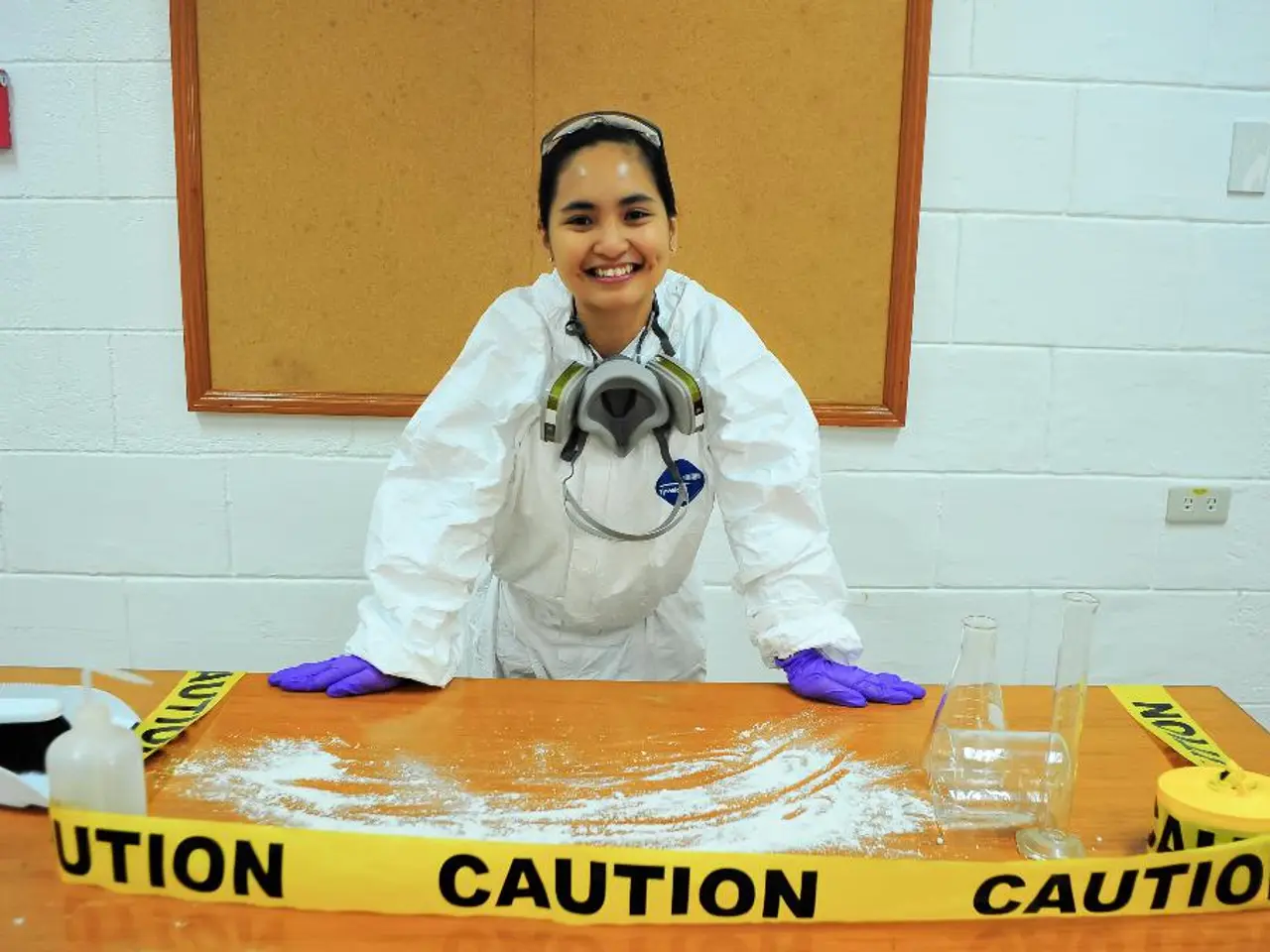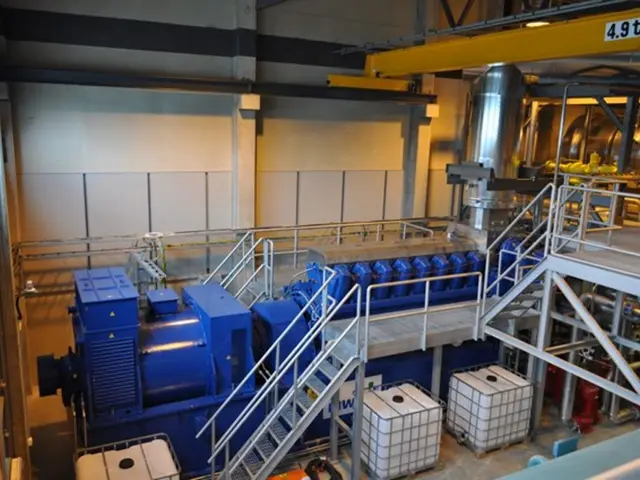Examining the Ionic Pollution Levels in Printed Circuit Boards
In the intricate world of Printed Circuit Boards (PCBs), maintaining cleanliness is paramount to ensuring their reliability and performance. One significant concern in this regard is ionic contamination, which can originate from various stages of PCB fabrication and assembly.
Ionic contamination in PCBs is primarily attributed to residues left behind during the PCB fabrication and assembly processes. These residues can stem from sources such as PTH creation, etching process, drilling, flux residue in soldering, component biocides by pick and place machines, and ionic surfactants from solder preparation.
To address this issue, several methods for testing and controlling ionic contamination have been developed. One such method is the Resistivity of Solvent Extract (ROSE) test, a widely used rapid test that measures the total ionic contamination on PCBs. By extracting residues with a solvent and measuring the conductivity of the extract, the ROSE test provides an overall cleanliness indication, although it does not identify specific ions or contamination sources.
Another precise method is Ion Chromatography (IC), which is particularly useful on unpopulated PCBs. This method separates and quantifies specific ionic species, enabling identification of contamination sources and targeted corrective actions in the cleaning process.
The IPC TM 650-2.3.25 standard outlines procedures to measure total ionic content using conductivity measurements after solvent extraction, providing objective contamination levels critical for high-reliability PCBs. The standard also addresses complementary contamination types and testing methods like Surface Insulation Resistance (SIR) tests and visual inspections.
In addition to these tests, TIC (Total Ionic Cleanliness) and Dyne Tests are quick methods for assessing cleanliness before processes like conformal coating, enabling immediate corrective steps such as washing. The dyne test helps verify solder mask surface energy to ensure good coating adhesion.
To control ionic contamination, manufacturers focus on proper cleaning procedures verified by these tests, monitoring contamination sources via ion chromatography, and ensuring compliance with IPC cleanliness standards. Complementary inspections for particulate and organic residues, as well as post-process environmental testing (thermal cycling, humidity exposure) for coated PCBs, help maintain long-term reliability.
The Ionograph system is another tool used for dynamic testing of ionic contamination, employing ultra-pure alcohol/water extraction media and a 'dynamic method'. This system helps in the quality control of electronic components and circuit boards before flux application, thereby avoiding the encapsulation of contaminants.
The use of ultrasonic cleaning machines for PCB cleaning has increased over the past few years. These machines offer cavitation at high frequencies with the implosion of billions of bubbles in the cleaning solution, ensuring thorough cleaning.
It is essential to note that the cleanliness measurement is ideal for post-soldering evaluation as per official regulation and verifies surface quality prior to PCB coating and other chemical processes. Additionally, the testing performs quantitative determination of the ion contaminates for PCBs in μg/cm² equivalent NaCl.
Moisture trapped in PCB layers can increase short-circuit risk when in contact with ionic contaminants. Therefore, maintaining a proper drying process is crucial in PCB manufacturing.
Ionic contamination can have detrimental effects on PCB performance, leading to Electrochemical Migration (ECM), corroded traces, parasitic leakages, and dendritic growth, which can hamper the PCB's life-cycle. Thus, ionic contamination testing is performed through ROSE and ion chromatography tests to ensure reliability and avoid rework and late life cycle failures.
Science plays a pivotal role in addressing the challenge of ionic contamination in medical-conditions devices like Printed Circuit Boards (PCBs), stemming from various stages of fabrication and assembly. For instance, the Resistivity of Solvent Extract (ROSE) test and Ion Chromatography (IC) are methods used for testing and controlling this issue in the field of technology. These techniques, along with Total Ionic Cleanliness (TIC) and Dyne Tests, aid in the education-and-self-development of manufacturing practices, focusing on cleaner, more reliable PCBs.




